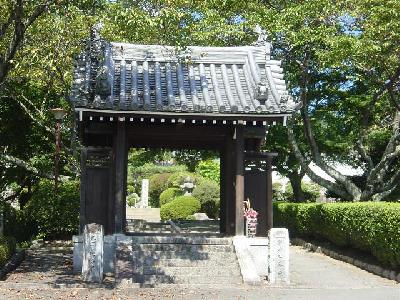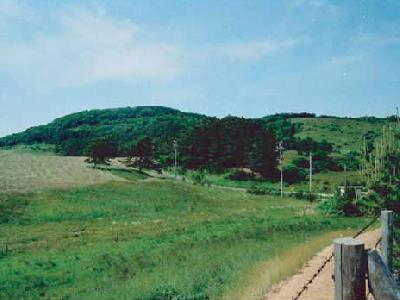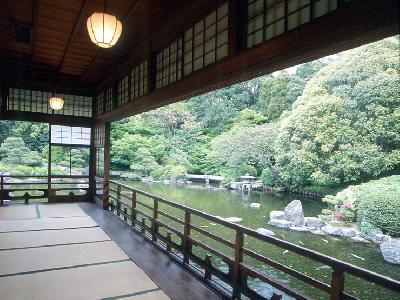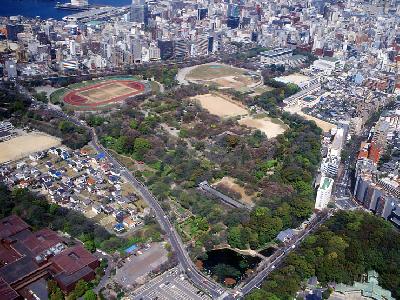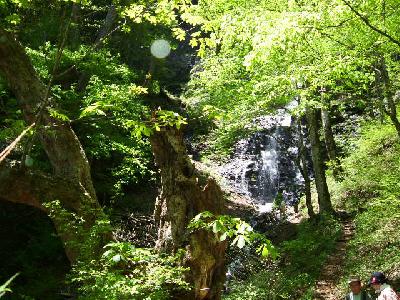|
Kuhon-ji Temple belongs to the Jodo-chionin sect and is located on the east side of Mt Katsuragi in Nara Prefecture. As a mountain temple it is known as Kaina-yama, and is also called Temple of Stone Buddhas.
Gyogi-osho founded the temple following a proclamation by the Shomu Emperor in the Nara period. It flourished again as a Kaina-senbo temple when Kukai (Kobo Daishi) came here.
The main statue of the temple is a wooden Amida-nyorai seated figure made in the late Heian period and has been designated as an Important National Cultural Asset.
The temple is also famous for its many stone Buddha statues. 1800 stone Buddha statues called the '1000 Stone Buddhas' line the way up the mountain to the temple. They are said to have been dedicated to console soldiers of the Narahara Clan who died in the battle against the North Imperial Court.
You can see the Three Yamato Mountains from high points on the mountain, and Kuhon-ji Temple is also popular as a great scenic spot.
Gyogi-osho founded the temple following a proclamation by the Shomu Emperor in the Nara period. It flourished again as a Kaina-senbo temple when Kukai (Kobo Daishi) came here.
The main statue of the temple is a wooden Amida-nyorai seated figure made in the late Heian period and has been designated as an Important National Cultural Asset.
The temple is also famous for its many stone Buddha statues. 1800 stone Buddha statues called the '1000 Stone Buddhas' line the way up the mountain to the temple. They are said to have been dedicated to console soldiers of the Narahara Clan who died in the battle against the North Imperial Court.
You can see the Three Yamato Mountains from high points on the mountain, and Kuhon-ji Temple is also popular as a great scenic spot.
| [+ADDRESS] | 
|


